How to remove limescale from the toilet?
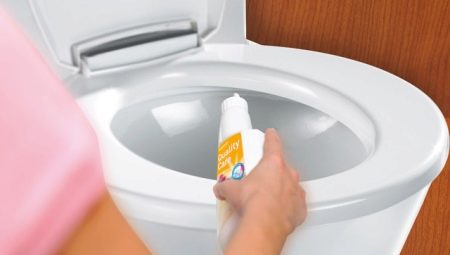
The toilet provides a comfortable life in any apartment, but if it is used for a long time, limescale can develop on it. It does not appear overnight. Plaque will not harm human health, but it will look very ugly. It is worthwhile to understand in detail how to clean the toilet from limescale using methods available to all for this.
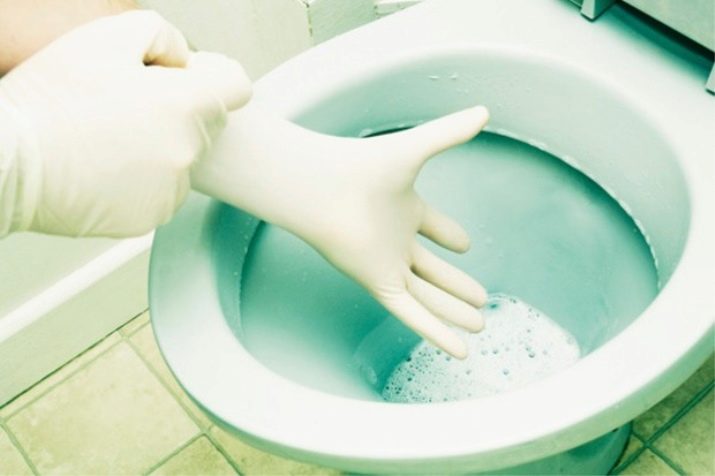
Causes of occurrence
Even if you flush the toilet frequently, limescale can build up. The main reason is organic chemistry. If the surface is rough, plaque builds up there quickly enough. Of course, urea also remains, but there are fewer such traces. It is from the running water that lime gets to the surface, which interacts with urine and, as a result, remains inside in the form of a plaque.
If people often flush after themselves after using the toilet, a lot of water flows through the toilet and contamination appears very quickly. The situation is complicated in cases where there are problems with the cistern. Water flows constantly, which leads to the formation of a strong plaque. Of course, the liquid is filtered, because it enters the tank from the tap. However, lime is distinguished by very small components that penetrate through the filters without any problems. These components are so small that they cannot be seen, but they can accumulate and create problems.
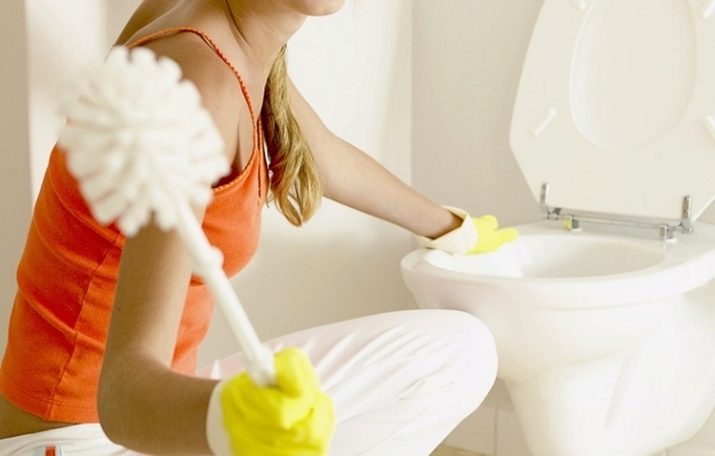
Fundamental rules
In order to clean the plumbing as efficiently as possible, certain rules should be taken into account.Otherwise, you may even damage the surface or damage your health. The rules are as follows:
- remove all water from the toilet beforehand. It can be scooped out using a disposable plastic cup. Then dry the bottom with a rag;
- since many detergents are harmful to mucous membranes, it is recommended to use a respirator and goggles;
- you need to clean the plumbing with rubber gloves. Thanks to them, the skin of your hands will be protected from aggressive detergents. Of course, hygiene is also important, because the toilet is far from the cleanest place in the house;
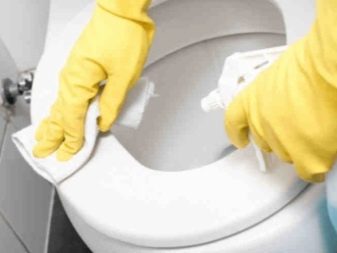
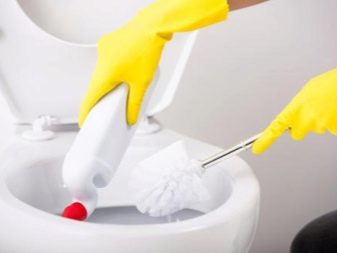
- after applying liquid products to the surface, you need to leave it for a while (to find out exactly how long you need to wait, carefully read the instructions);
- after preparing the plumbing, use the chosen tool. Simply sprinkling the powder onto the surface will not be enough. It is recommended to use a stiff brush or brush (however, the cleaning tool must not be made of metal, otherwise you may damage the enamel).
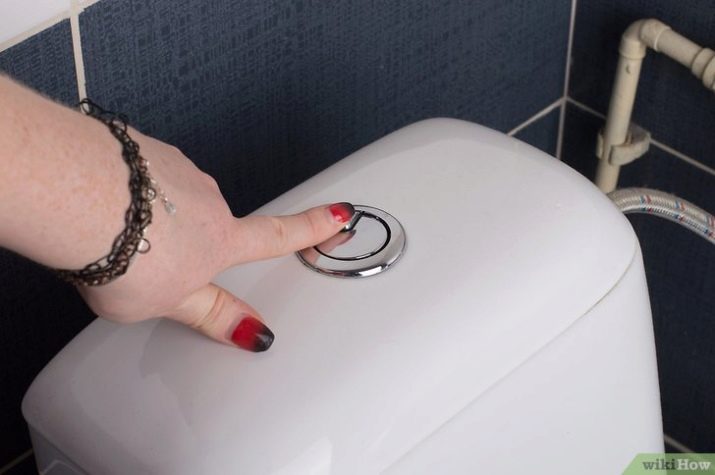
The surface must be thoroughly cleaned, especially in areas where there is too much plaque. If necessary, add more powder as you work. When you're done cleaning, drain the water several times.
What do you need to buy?
To effectively clean your plumbing, prepare the following:
- brush, brush;
- powder, gel for cleaning;
- rubber gloves;
- a hard enough sponge;
- plunger;
- eye protection goggles, respirator.
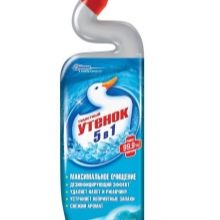
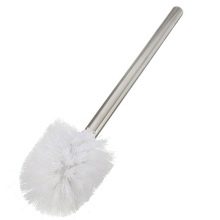
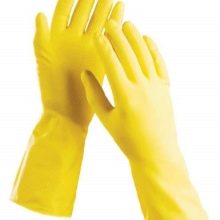
Funds
You can wipe off old traces using the following means:
- iodine;
- hydrochloric acid;
- citric, acetic acid;
- electrolyte;
- baking soda;
- special means.
You can make your own mixture with the following ingredients:
- pharmacy iodine;
- baking soda;
- apple cider vinegar, nine percent table vinegar.
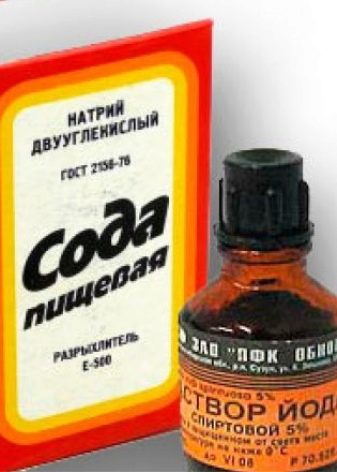
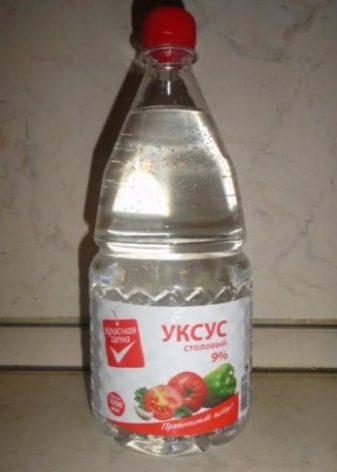
Vinegar
Take vinegar (200 ml) and heat it to 50 degrees. To do this, you need to use a closed container. Also add iodine and baking soda. Empty the toilet completely from the liquid and pour the resulting mixture into it. Then you need to close it and wait about 12 hours (some leave the plumbing like that overnight). Then clean the plumbing using a brush and rinse the surface with water. If there are a lot of traces, repeat the procedure.
Surface application is also possible undiluted pure vinegar. Wipe the area treated with such a tool immediately using a brush on a long handle or a brush.

Electrolyte
If limescale has been around for a long time, electrolyte can be used to wash it off. It contains an acid that is highly concentrated. When working with such a product, gloves, a respirator, and goggles must be used. You should very carefully pour the liquid into the toilet to avoid splashing. The tool should be on the plumbing from half an hour to an hour, no longer (the period depends on whether there are many marks on the surface).
This product can only be used if the pipes are made of steel. If they are made of plastic, you need to choose a different cleaning method.
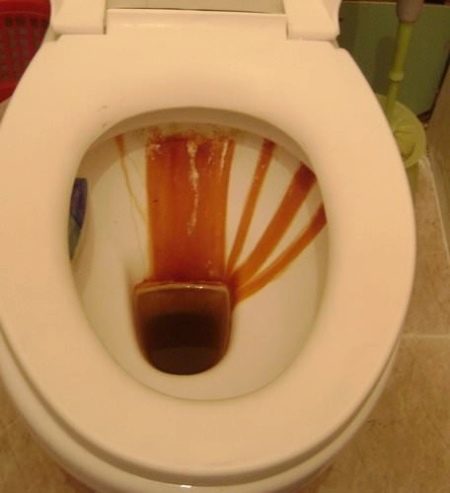
Lemon acid
To remove marks from plumbing, treat the surface with citric acid. Two small packages are enough. The same amount will be needed for the water tank. Make sure that no liquid is poured into the toilet bowl.
Carbonated drinks
Many people today remove limescale by using carbonated drinks. Pour three liters of this liquid into the toilet and wait a few hours. After adding detergent, take a brush and scrub the surface.

Monochloride iodine
Almost any toilet deposit can be removed at home using iodine monochloride. This solution can be purchased at your veterinary pharmacy. It is necessary to apply the product to the surface and after a while rinse it with water.
This option is not suitable for aluminum or cast iron sewer pipes.
Household chemicals
At the present time, a variety of cleaning products are available to consumers: liquids, gels, creams, powders. They differ from each other in their main components. The following options are possible:
- alkali;
- acids;
- chlorine.
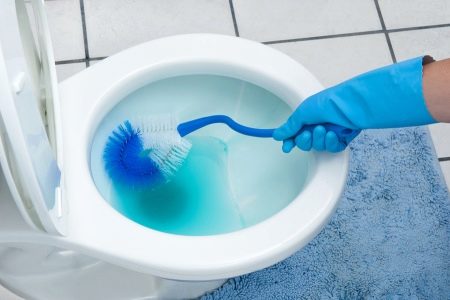
Chlorine products are commonly used for regular cleaning. With their help, you can disinfect and wash your plumbing all the time - and at the same time not be afraid that it will deteriorate. The main disadvantage of chlorine products is an unpleasant smell, but it disappears rather quickly.
Acids can be used to remove traces that are already quite old.
The funds consist of potent acids: oxalic, phosphoric, hydrochloric, formic. They cannot be used too often. It is advised not to forget about caution.
If you constantly clean the plumbing with acids, the surface can deteriorate: they corrode faience and ceramics. About to use powder, be sure to read the instructions for use.
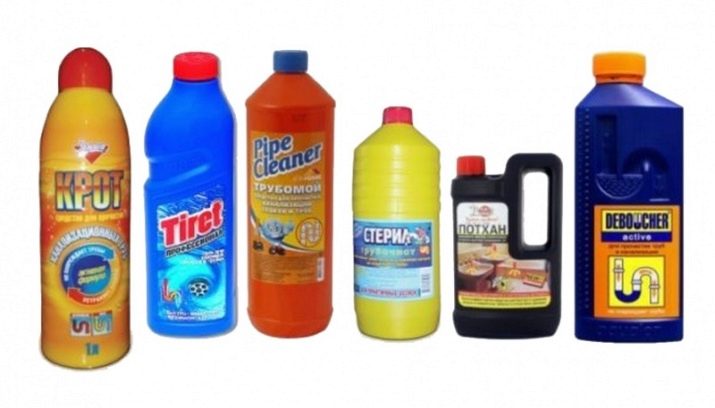
Oxalic acid powder can be used in one of two ways. You can mix the powder with water, pour it out and close the lid. Wait about an hour and rinse the surface with water, get rid of the remaining plaque with a brush. Another option is to lightly moisten a soft cloth, sprinkle powder on it and treat the plumbing.
You can use hydrochloric acid rather than oxalic acid. After completely removing the water, pour the acid into the bowl. Close the toilet and wait 15 minutes, then rinse the surface with running water. This option is not suitable for plastic pipes, but for steel it is quite possible to use one of the above acids.
Liquid alkaline solutions can be used without fear of damage to the plumbing. With their help, various contaminants are removed from the surface, disinfected. Alkaline agents are very good at removing organic fats that clog sewer pipes and plumbing fixtures.
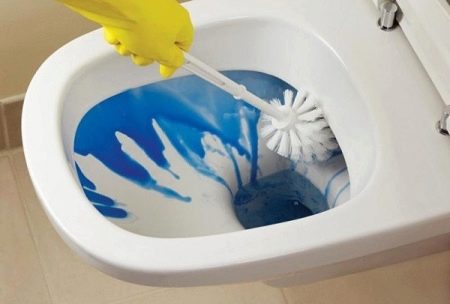
Varieties
Powders are very good at handling dry dirt. Before using them, thoroughly drain the drain pipe and bowl. Read the instructions first. You can use a brush or hard sponge to apply the product. It is better not to use metal products, otherwise the surface may deform.
Special gels and creams appeared not very long ago, but quickly became very popular. Such products allow you to achieve very good results - and at the same time they are soft and do not damage surfaces. It is easy to use them, you just need to take into account the recommendations that are indicated in the instructions. Gels and creams can be designed for specific actions (dealing with certain stains, regular cleaning) or universal.
It is not always possible to immediately understand what is best to choose for cleaning plumbing in a particular case. To determine the most suitable option, you need to use different gels, creams, powders or improvised means. So, you can compare the results and choose the best option.
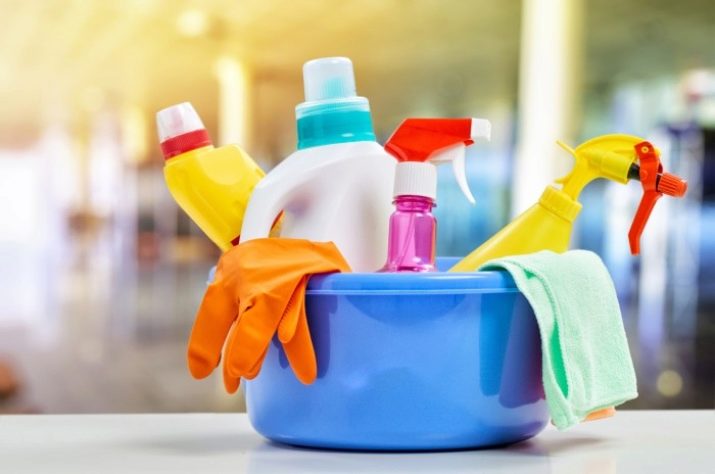
Preventing reappearance
Of course, it is always better to prevent a problem from occurring than to deal with it. If you want to avoid the appearance of limescale, do not forget about the following guidelines:
- put wet wipes near the toilet, with their help it is very convenient to clean the outside and the seat. However, they should not be washed off, otherwise you may encounter a problem such as a blockage;
- you can purchase effective products or special tablets with which you can easily and quickly remove traces. They will allow you to get rid of lime and prevent the appearance of new layers;
- repair the tank on time, so you save on water and prevent the appearance of unaesthetic marks;
- if necessary, do not forget to use a brush;
- to clean the surface, use special non-aggressive agents, carry out it every week, at least. The frequency depends on the number of people living in the apartment.
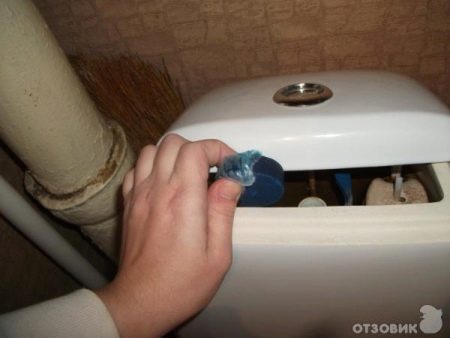
It is necessary to clean the toilet from urinary calculus and limescale regularly. So, you can not only prevent the occurrence of an unpleasant odor in the room, but also achieve a neat appearance of plumbing. Regular thorough processing of plumbing will ensure that various harmful bacteria do not multiply.
Now we recommend watching a video in which a housewife will tell you an easy way to clean the toilet.








